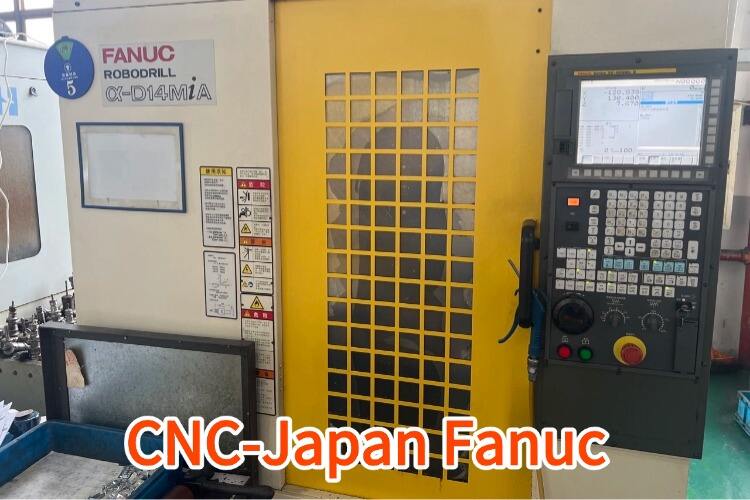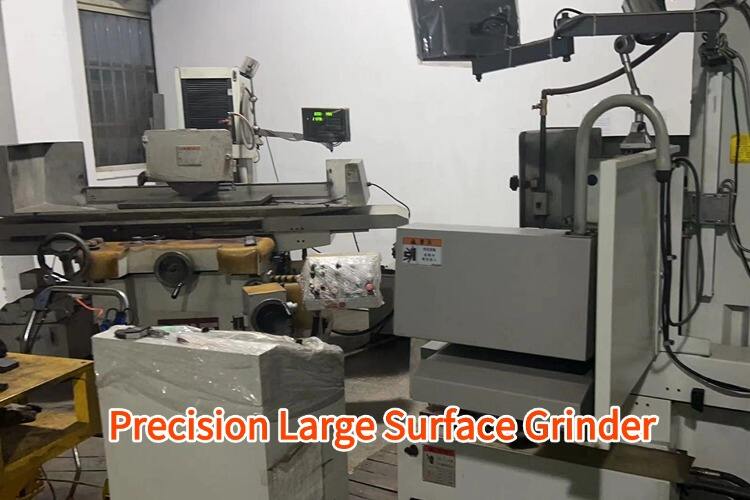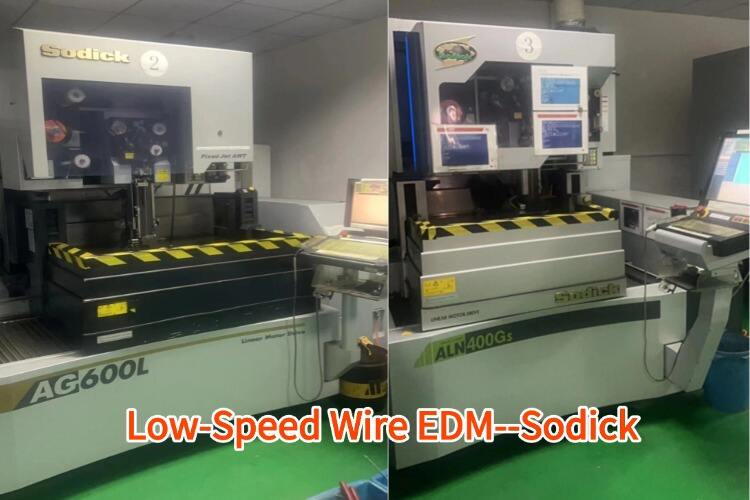heat treatment of ferrous metals
Heat treatment of ferrous metals is a crucial industrial process that involves controlled heating and cooling of metals to modify their physical and mechanical properties without changing their shape. This sophisticated process encompasses various techniques including annealing, hardening, tempering, and normalizing. The primary functions include improving material strength, increasing hardness, enhancing ductility, and relieving internal stresses. The technological features involve precise temperature control, specific heating and cooling rates, and carefully monitored atmospheric conditions within specialized furnaces. These treatments can be applied to a wide range of ferrous metals, from carbon steels to alloy steels, each requiring specific temperature ranges and cooling methods. The applications span across numerous industries, including automotive manufacturing, aerospace engineering, tool making, and construction. Modern heat treatment facilities utilize advanced equipment with computerized controls to ensure precise and repeatable results. The process can be customized to meet specific requirements, whether it's achieving maximum hardness for cutting tools or optimal toughness for structural components. This versatility makes heat treatment an indispensable process in modern metallurgy and manufacturing.


